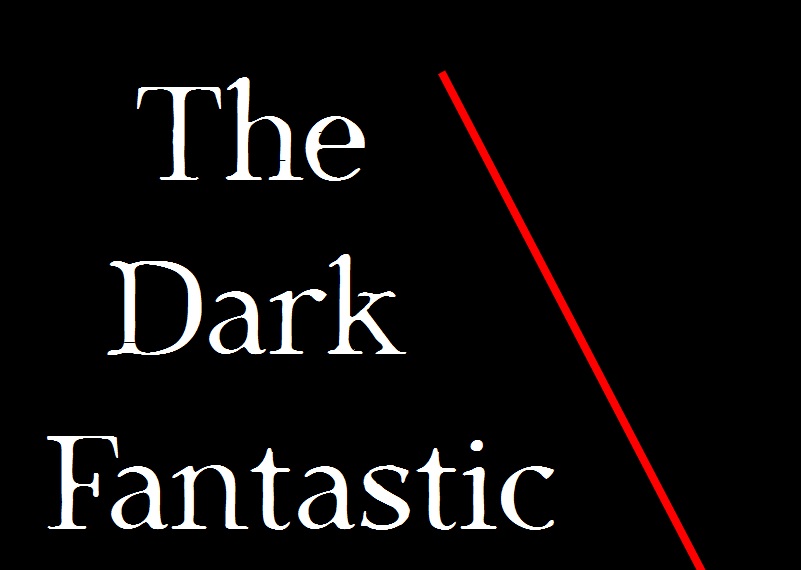With its foreboding tone, startling and stylish visuals, deliberate pacing, and terrifying special effects, The Thing, is now considered John Carpenter’s greatest film.
With its belated success on cable and home video, there has been talk of producing a sequel to The Thing, since the 1990s, including Return of the Thing, a four-hour miniseries, and a direct sequel to the Carpenter movie, for the Sci Fi network. It was to be produced by Frank Darabont, the acclaimed director of The Shawshank Redemption, and The Mist, and written by David Leslie Johnson McGoldrick, of The Conjuring franchise.
But the project was shelved, partly due to budget concerns, and Universal Pictures decided to go for a big screen feature, unimaginatively called The Thing, a 2011 prequel set at the Norwegian camp featured in John Carpenter’s original.
But before that, a sequel was made, taking place mere hours after the events of Carpenter’s film.
The Thing From Another World, written by Chuck Pfarrer, was released by Dark Horse Comics, and is, arguably, the only true sequel to John Carpenter’s The Thing.
The graphic novel begins after the destruction of the U.S. Outpost 31, where the events of the film took place, by the shape-shifting extraterrestrial creature.
The only survivors are MacReady and Childs. MacReady is found and picked up by the crew of a Japanese whaling ship, and is held captive after a hysterical outburst. But soon after, he escapes, and tries to find out whether he is human, or just another version of the thing.
Pfarrer, a self-avowed student of Carpenter’s original film, writes a tense story in a hard-boiled, straightforward style, that propels the reader headlong into a series of set-pieces that never let up. He also ingeniously gets around the problem of dealing with the ending of Carpenter’s original, which basically painted the story into a corner.
In the novel, Pfarrer slowly reveals what happened to MacReady and Childs, and introduces a new complication that could have apocalyptic consequences.
The Thing From Another World is a dream come true for fans of Carpenter’s original. It picks up right after the events of the film, the characters remain true to their portrayals in the original, and Pfarrer's tone and style capture, to a large extent, the mood of the original.
The only caveat is that the headlong pace and grim tone, leave little room for character development, as this is pure story, with no real revelations about the main players. But this too, it could be argued, follows Carpenter’s original approach, which stuck to basic survival psychology, rather than delve deep into the minds of its characters.
With great artwork by John B. Higgins, The Thing From Another World is a treat for fans of the original, and it serves as a worthy sequel to Carpenter’s film.
Carpenter himself has endorsed the graphic novel on many occasions, to the extent that, according to him, if he ever got a chance to make a sequel to The Thing, he would closely follow Pfarrer's story.
Text © Ahmed Khalifa. 2022.
Ahmed Khalifa is a filmmaker and novelist. He is the writer/director of several short films and a feature, which was released on Netflix, and the author of a number of novels and short stories, including the YA horror novel, Beware The Stranger, available on Amazon. He is also the host of The Dark Fantastic Podcast. Find him on Twitter @AFKhalifa and on Facebook @DFantasticPodcast
Listen to/Watch the video version of this article here:






